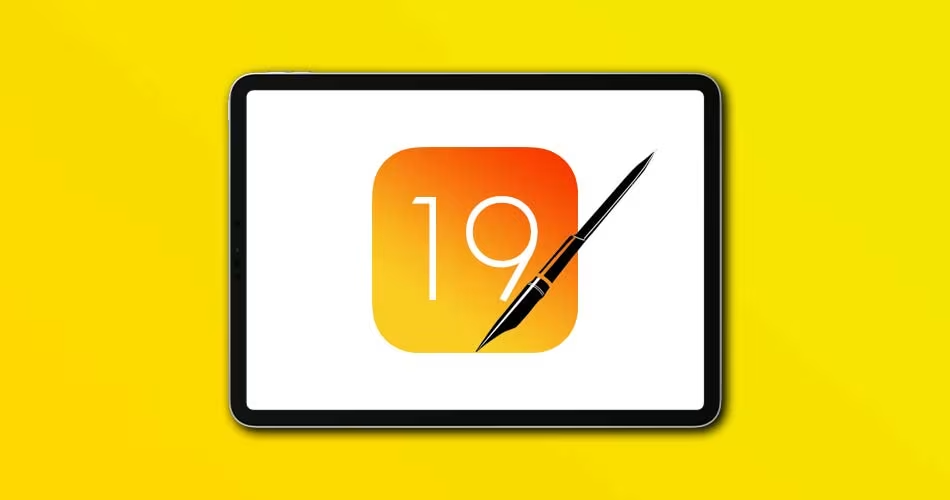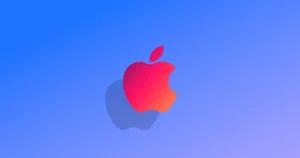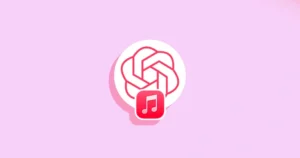Finally, some love for Arabic calligraphy and bilingual typing.
If you’re someone who switches between Arabic and English while typing on your iPhone or dreams of doing real calligraphy with the Apple Pencil (not just doodles that look pretty), you might want to keep an eye on WWDC this year.
According to a new report from Bloomberg, Apple is reportedly cooking up some meaningful upgrades in iOS 19 and iPadOS 19 that cater specifically to Arabic-speaking users, especially those in the UAE and Saudi Arabia.
Smarter Keyboard for Real Bilinguals
Typing in two different directions is a real thing. Anyone who toggles between Arabic (right to left) and English (left to right) on the daily knows the struggle. Misaligned text, weird spacing, or just that frustrating lag when the keyboard can’t keep up with your brain.
Apple’s planning to drop an advanced bi-directional keyboard in iOS 19. This isn’t your average keyboard refresh, it’s designed to intelligently switch between Arabic and English on the fly. That could be a game changer for millions of people who blend both languages in everyday communication.
From my own experience, this kind of tweak has been a long time coming. The current system works… okay, but let’s be honest: Apple’s language support still feels like an English-first world with decent translation efforts thrown in. This new keyboard might just be the thing that finally closes that usability gap.
Related: iOS 19 To Add AI Battery Management, Big Boost for iPhone 17 Air
Apple Pencil Meets Arabic Calligraphy
Here’s the part that really got my attention: Apple’s reportedly adding a virtual reed pen for the Apple Pencil. If you’ve ever seen Arabic calligraphy written with a kamish (reed) pen, you know how beautiful and intricate it can be, and how hard that is to replicate digitally.
The upcoming update could let iPad users experience something close to traditional calligraphy, like real pen pressure and stroke dynamics, but through a screen. And that’s not just cool for artists, it could be a huge deal for educators, designers, and even casual note-takers who prefer the flair of hand-drawn Arabic.
It’s unclear whether this tool will be a system-level feature or integrated into a specific app like Freeform or Notes. Either way, having native support for a culturally significant writing tool could make iPads way more appealing in Middle Eastern markets.
So Why Now?
Apple rarely does anything without a strategy, and in this case, it’s all about growth. The company is eyeing the UAE and Saudi Arabia as major future markets, and this is part of the plan to make their devices feel more localized and useful.
Related: iPadOS 19 Could Add Menu Bar and Stage Manager 2.0 to iPad
Related: iPhone Getting Stage Manager-Like Multitasking With iOS 19?
Both countries are seeing a surge in digital literacy and demand for high-end tech, especially among younger generations. So, if Apple can make the iPhone and iPad feel more “Arabic-native” rather than “global-with-translations,” that’s a huge win, both for users and the company’s bottom line.
The 404 Take
Honestly, this kind of update feels like one of those quiet but powerful moves. It won’t get the same flashy headlines as a new iPhone design or Vision Pro 2, but for the people it matters to? It could completely change how they use their devices every day.
If you’re someone who appreciates language tools done right (and loves playing around with calligraphy on iPad), it’ll be really interesting to see how Apple pulls this off. Fingers crossed they deliver on both the keyboard fluidity and the authenticity of that Kamish reed pen experience.
So yeah, if you’re in the UAE, Saudi Arabia, or just someone who types in Arabic and sketches on the side, WWDC 2025 might have something just for you.







Comments